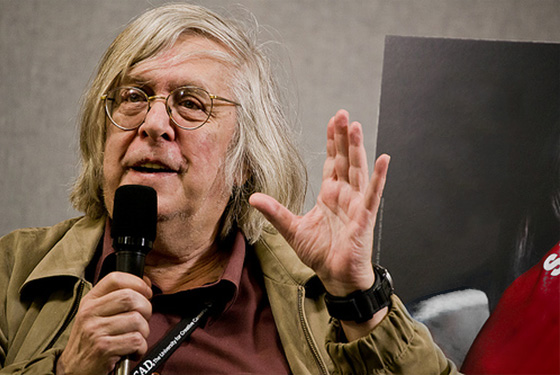From the Chicago Reader (April 1, 1988). — J.R.
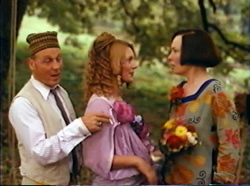
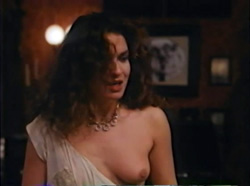
Dusan Makavejev’s 1988 comedy, his first film to be shot in his native Yugoslavia in 18 years, is easily his most pleasurable work since WR: Mysteries of the Organism, albeit without the intellectual ambitions of that or any of his earlier Yugoslav works. The major premise here is that eastern Europe of the 20s is not something we know from history so much as from Hollywood — specifically the imaginary countries of Lubitsch and Million Dollar Legs during the 30s. The influence of Lubitsch (who once pointedly remarked that he preferred Paris, Paramount, to Paris, France) is apparent from the opening intertitle, and if the plot of Manifesto remains pretty inconsequential — a network of sexual and political intrigues involving murders, numerous sexual liaisons, an insane asylum, assassination attempts, and garden parties that never leads to any satisfactory conclusion — the sexiness, wit, lush rural settings, and style keep it bubbling throughout. Camilla Soeberg (Twist and Shout) is especially good as a wealthy and promiscuous political schemer; others in the cast include Eric Stoltz, Alfred Molina, Simon Callow, and Lindsay Duncan. (JR)
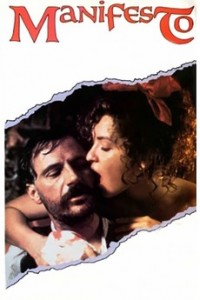 Read more
Read more
From the Chicago Reader (October 31, 2003). — J.R.
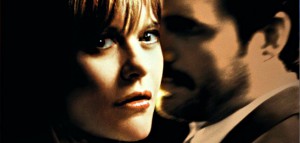
One can easily pick apart this Jane Campion adaptation of a thriller by Susanna Moore: it isn’t very satisfying as a thriller, and certain details — like the heroine assigning Virginia Woolf’s To the Lighthouse to her inner-city high school students — come across as just plain silly. But I still consider this the best (which also means the sexiest) Campion feature since The Piano, featuring Meg Ryan’s finest performance to date and an impressive one by Mark Ruffalo. Scripted by Moore and Campion, it takes on the unfashionable question of what sex means for a single woman drifting into middle age, and what it says on the subject veers from the obvious to the novel. Campion is better with moods than with plot, and her capable handling of some actors (including Jennifer Jason Leigh and an uncredited Kevin Bacon) ameliorates the hyperbolic characters they’re asked to play. R, 118 min. (JR)
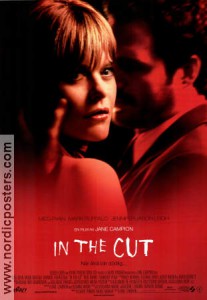 Read more
Read more
From the Chicago Reader (August 24, 1990). — J.R.
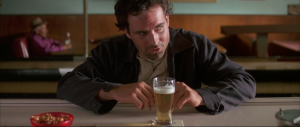
Although there are times when one feels that the filmmakers have bitten off a little more than they can chew, this is a bold, watchable adaptation (by director James Foley and coproducer Robert Redlin) of a noirish thriller by Jim Thompson that comes surprisingly close to capturing the grisly, hard-boiled, and unstable world of that author — thanks in part to a sharp feeling for sensual detail that includes everything from wet, squishy kisses to a scummy unused swimming pool. (Cinematographer Mark Plummer works wonders with light and scenery in striking ‘Scope compositions.) Jason Patric, calling to mind a slightly heavier James Dean at a low flame, stars as a former boxer who has escaped from an insane asylum; whether he’s actually nuts or merely on the edge is one of the central ambiguities that keep the plot moving, and the fact that he narrates the story off-screen in classic noir fashion only complicates one’s uncertainty. He falls in with a salty, alcoholic English widow (Rachel Ward) and a small-time con man and ex-cop (Bruce Dern) in southern California who are plotting to kidnap a little boy from a wealthy family, and paranoia and other complications start to unravel the trio’s uneasy rapport. Read more
